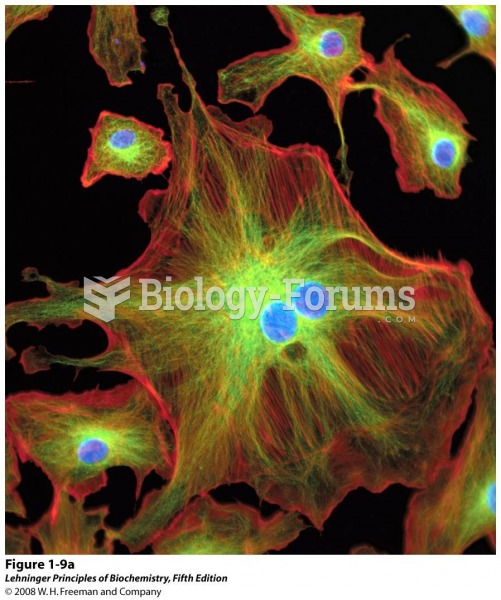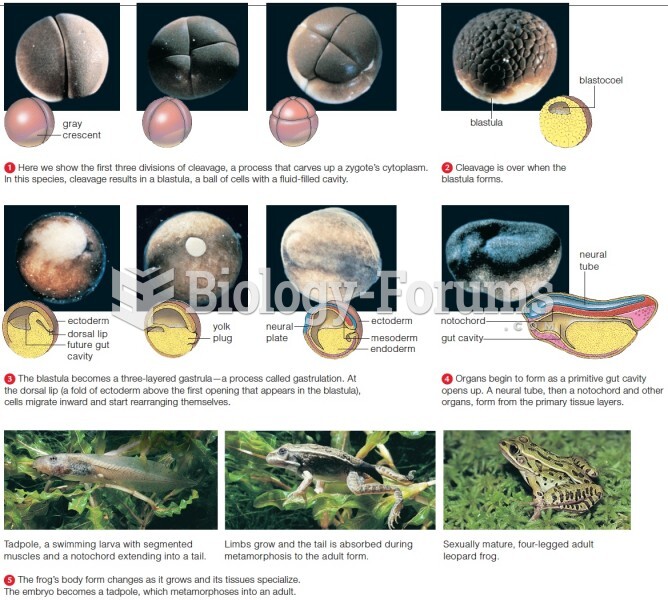Answer to Question 1
ANSWER: 1. Physical development: involves children using large muscles (gross motor development) in activities such as easel painting or clay pounding; manipulating small muscles (fine motor development) in actions such as finger-painting or cutting; developing eye-hand coordination (using eyes and hands at the same time) through involvement with all types of materials; and acquiring self-help skills (gaining control over what the body can do) by freely manipulating
2. Cognitive development: happens when children make art forms that represent and clarify how they see the world; finding new ways to problem solve with art materials and supplies experimenting with cause and effect by asking, What happens if? comparing sizes and shapes and predicting outcomes through their involvement with art activities.
3. Social and emotional development: children develop positive images of themselves; expressing personality and individualism; representing imagination and fantasy; establishing enjoyable relationships with others; and expressing feelings by using as their vocabulary paints, paper, pencils, chalk, clay, fabrics, and other media while participating in developmentally appropriate art activities.
4. Language development: happens when children talk about their own art and the art of others; clarifying color, size, shape, texture, and patterns; children are introduced to new words when they pound the clay, make brush strokes, create a design, and make an arrangement of lines and patterns; through the arts childrens minds can demonstrate their concepts of the world long before they can put their constructs into spoken and written words.
5. Perceptual development: occurs when children use their senses to learn about objects, actions, and events, becoming aware of color, size, shape, texture, and patterns found in nature and in the artwork of others. A child perceives through the systems of touch, taste, smell, hearing, and sight.
Answer to Question 2
ANSWER: Percussion (drums, triangle, cymbal, tambourine, xylophone, maracas, piano); wind (flute, piccolo, oboe, clarinet, bassoon, saxophone); string (violin, viola, cello, bass, guitar, ukulele, harp); brass (trumpet, cornet, bugle, trombone, French horn, tuba)







